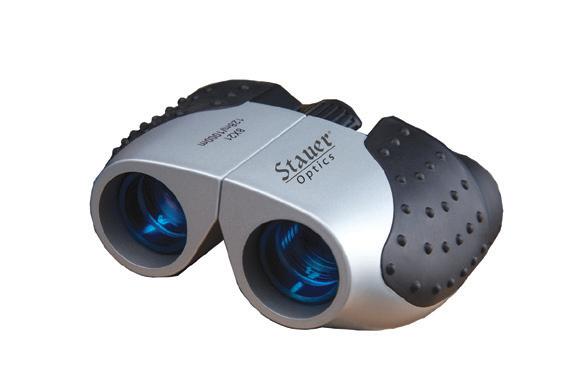
2 minute read
It’s Pompano Time in South Florida!
Pompano have already begun to show up here on South Florida’s east coast, and the bite will only get better as we move deeper into spring.
Temperature drives the movements of these tasty little jacks. ey prefer 70- to 80-degree water temps, they travel in schools and feed on mollusks and crustaceans in inlets and o sandy beaches. ese are some of the reasons pompano are a favorite target of shore-based anglers. Once you nd them, you are in for a world of fun.
Florida pompano, like permit, are in the jack family. ey have a strong resemblance to each other, so it’s important to be able to tell them apart. Size is a dead giveaway when you’re dealing with mature specimens, as pompano rarely grow larger than 6 pounds and permit regularly reach weights of up to 40 pounds. Pompano and juvenile permit, however, have a similar appearance. e most noticeable di erence is a permit’s larger, humped forehead. Pompano also tend to be more yellow throughout their body, while permit only have yellow on their bellies near their anal ns.
Anytime from March into the beginning of September, pompano move o shore to broadcast spawn. Since they already travel in schools, this is spontaneous, and they head back inshore when they are done. Prime time to sh for them here is April and May, and you’ll nd them along sandy beaches as well as around oyster and seagrass beds. Pompano seem to enjoy water with more current, which has that milky look.
Pompano migrate seasonally to stay in their preferred water temperatures, and they have been found as far north as Massachusetts. ey move north or farther o shore to nd cooler water in deep summer. ey come back south in fall to prepare for the spring mating season. Local movements also happen due to tides and other conditions. ey are either in an area or they are not, and they move to nd waters where they can feed comfortably. A er strong storms, our sandbars tend to change, which will also change where pompano are feeding.
By Emily Rose Hanzlik
Pompano are very spirited ghters on light tackle. Small jigs in yellow or chartreuse are commonly used with great success. Beach anglers use long surf rods and chicken rigs baited with shrimp, clams, crab knuckles and sand eas. Sand eas are the preferred bait. Many anglers take it a step further by adding a piece of arti cial bait, such as Fishbites, to the natural baits. is is especially e ective when other sh peck o natural bait quickly. It ensures something stays on the hook, as most of these arti cial baits are very durable. ese arti cial baits can also be added to jigs for scent.
Emily Rose Hanzlik holds 56 IGFA world records in various categories. She hails from West Palm Beach, where she has a part time Bow n Guide Service as well as shing classes for Jr. Anglers. Find her on social media @emilyhanzlikoutdoors.
There is a Reason More Marine Professionals Choose Suzuki RePower – It Simply Makes Sense
Why are More Professional Mariners Choosing Mastry Suzuki RePower - Power, Reliable, Durable & Best Value
When Considering A Repower, Consider These Factors:
• Mastry Suzuki RePower Centers have decades of repower experience providing proper rigging, controls, propeller matching and in water testing

• With a Mastry Suzuki RePower, owners gain improved performance, less noise and greater reliability
• Options that will fit most any budget, financing available
• Mastry Suzuki RePower’s exclusive Owner’s Edge Program*
• All Suzuki RePowers come with Suzuki’s 5-years of protection
With 13 Locations Across Florida There is a Mastry Suzuki RePower Center Near You
The

ALTERNATIVE









